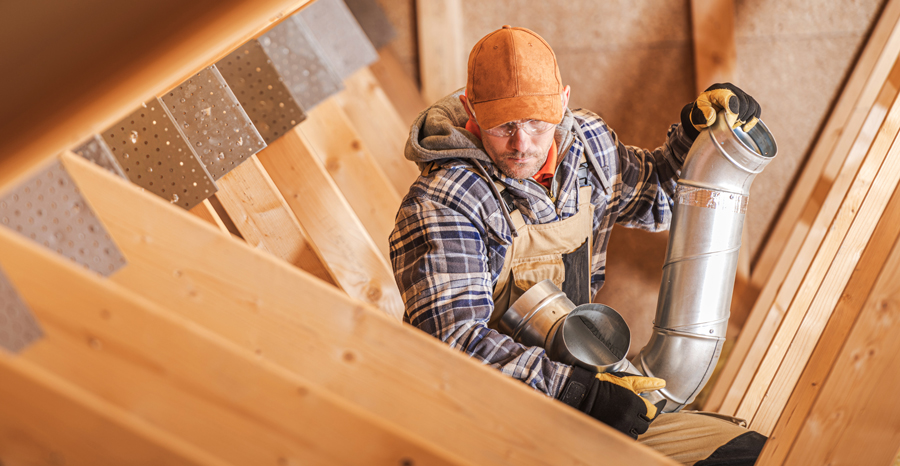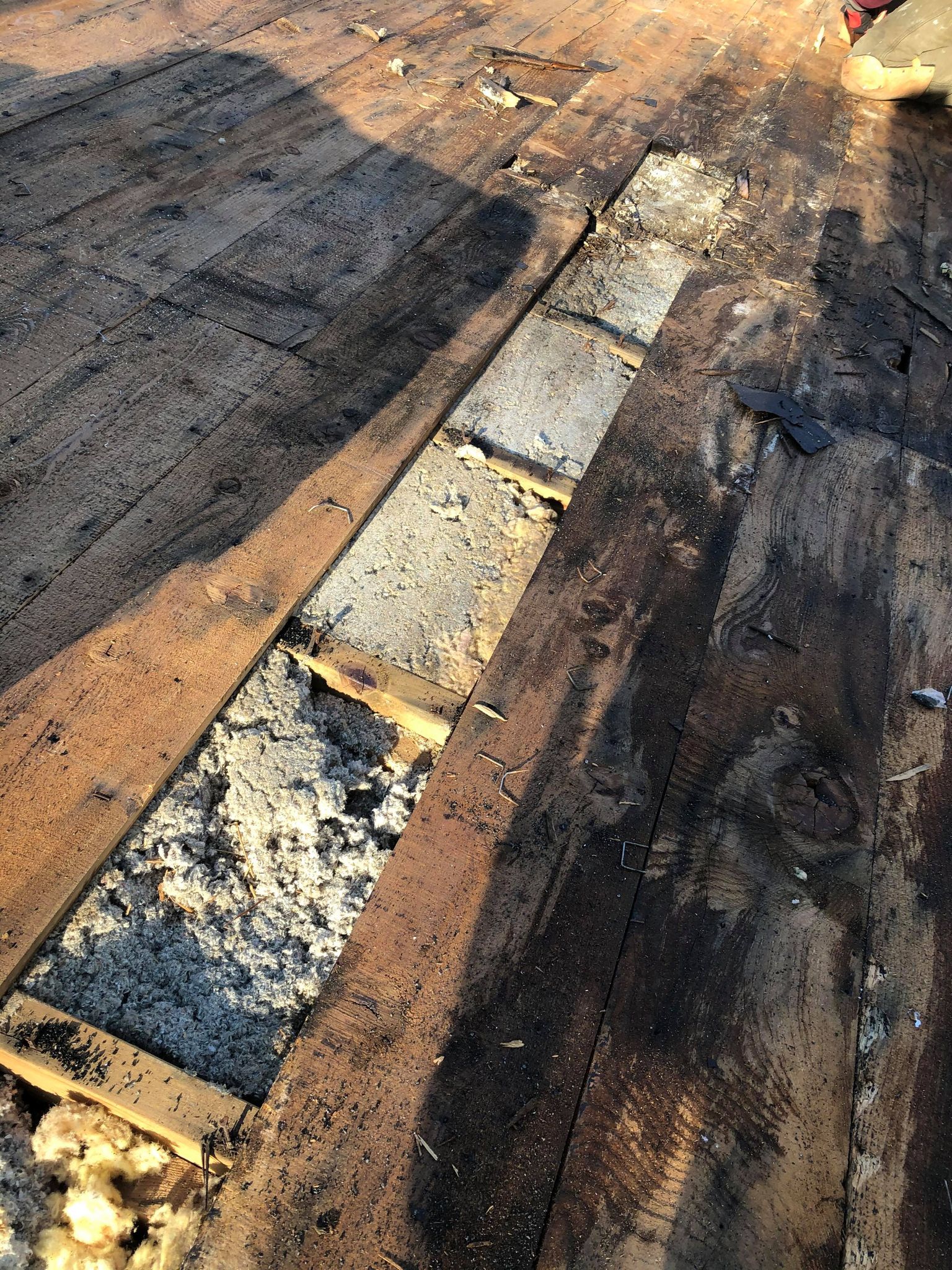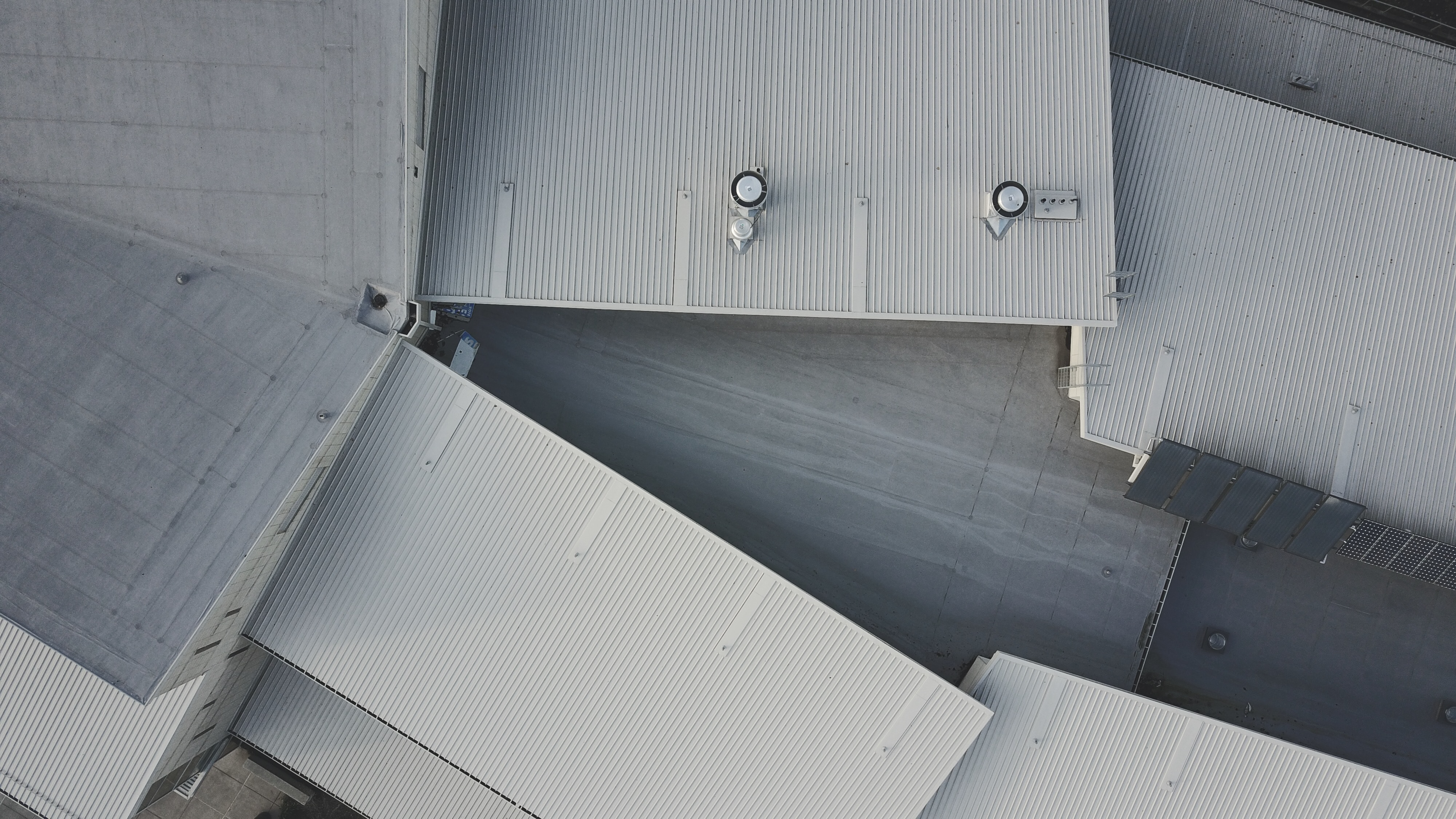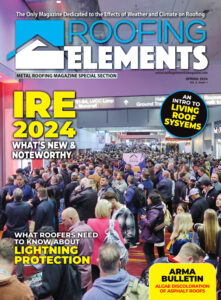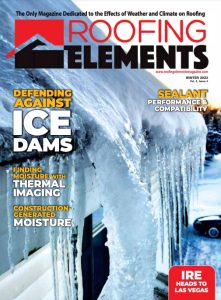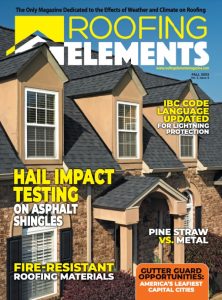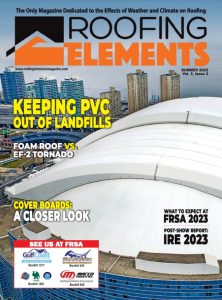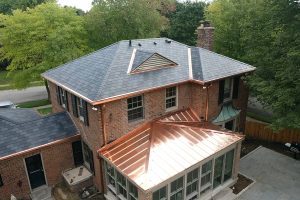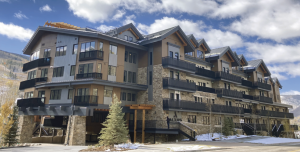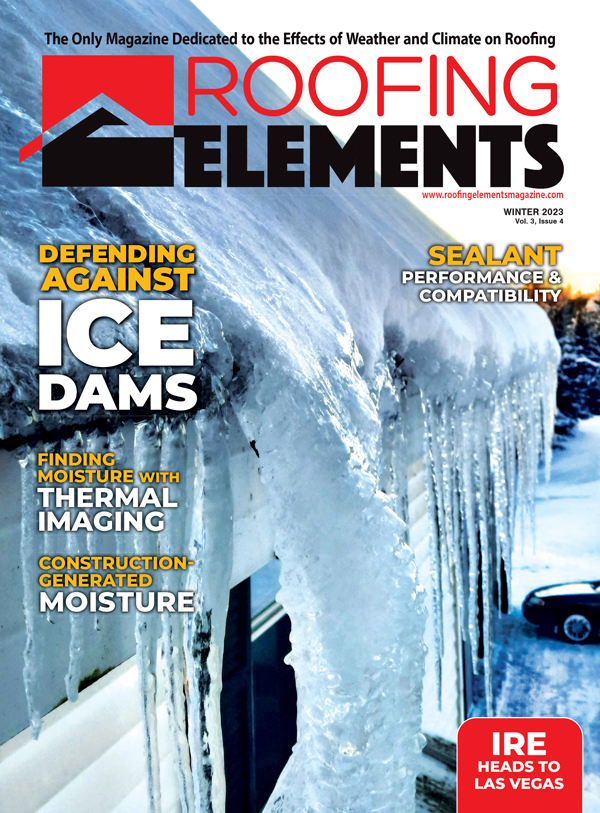Experts share their top tricks for product selection and installation
We asked manufacturers and suppliers of roofing ventilation product lines for their top recommendations when choosing and sourcing these items for a specific project’s location, as well as for general tips on installing these products to keep weather and the elements at bay. Here is the information they provided:

Two important considerations roofing contractors (of all material types) should consider when selecting the proper roofing ventilation for their climate/region:
• Roofing contractors should balance the amount of space used for intake vents and exhaust vents based on the attic size and roof slope.
• Determine the type of vents required. For example, if there are no soffits, consider using a drip edge vent. And don’t mix the type of exhaust vents—a roof with a wind turbine does not require a box vent. If there are ridge vents, a power fan is not necessary.
Two general tips or tricks that roofing contractors (of all types) should know regarding the installation of ventilation and keeping the elements out:
• Consider using ridge vents that have curved channels or mesh to help reduce the risk of wind-driven rain penetrating the vent’s opening.
• Keep wildlife out of vents by covering the opening with hardware cloth—the cloth will still permit airflow but will make it difficult for animals to chew through.
 Important factors to note when choosing and installing roofing ventilation products:
Important factors to note when choosing and installing roofing ventilation products:
• Always remember that proper ventilation is essential in any climate—warm, cold, or mixed. It is needed to remove warm air from the attic, reduce ice dams on the roof, and remove moisture from the space.
• When selecting a ventilation product, consider how each piece and component will be exposed and/or affected by the elements. Ventilation with hidden fasteners not only creates a clean look on the roof, but also protects the fasteners from the elements. Exposed foam or other components can also be an open invitation to birds and rodents, offering an clear path into the roofing assembly. Any selected ridge caps must be water-resistant at all times, even in driven wind and rain or snow.
• In ventilation, the net-free area is the number that really counts. A higher number is ideal, which is typically associated with compression-free products.
• Products that are easy to install save the contractor both time and money. Any time spent trying to make a ventilation product work is costing precious dollars.
• Our top five key points for ventilating any roof properly are as follows:
1. Completely seal the attic floor.
2. Maximize insulation above the roof’s top plate.
3. Continuously vent the soffit.
4. Have adequate space in the roof.
5. Slightly pressurize the attic.
 When selecting the proper roofing ventilation for the building’s climate/region, roofing contractors should follow these guidelines:
When selecting the proper roofing ventilation for the building’s climate/region, roofing contractors should follow these guidelines:
• Consider your build’s ventilation and air quality needs before starting construction. Every structure’s ventilation needs are unique, so be sure to calculate the airflow needed prior to building. Otherwise, your solutions will become limited and may even result in expensive repairs/replacements.
• Always consider the intake-to-exhaust relationship: in the event the intake and exhaust are not equivalent, a slightly larger intake than exhaust is preferred.
• Another important consideration for ventilation is moisture control. Proper ventilation paired with foil insulation is a preventative measure worth exploring when considering moisture control. Because traditional insulation absorbs heat, it also absorbs moisture. This reduces R-value over time as traditional insulation compresses from moisture. Meanwhile, foil insulation utilizes reflectivity rather than absorption.
The top installation considerations to be aware of are:
• One should always consider the architectural specifications with respect to building size and scope, as every build is different.
• Avoid the thought process that “bigger is better”—always aim to match the ventilation system to your building’s needs and consult an expert if you are unsure. For example, improper use of a high-profile ventilator/ridge vent on a building that does not require a high-profile ridge vent can lead to the suction of elements (snow, rain, etc.) into the building through the ridge, causing moisture concerns and possible damage.
• It’s also important to be aware of your decorative elements. Make sure your cupola(s) are installed to the proper specifications provided by the manufacturer. Improper installation can lead to leakage and unwanted elements from the outdoors.
• Also, if you choose to leave your cupola open to the build, a wire mesh screen mounted over the curb is a great way to keep unwanted birds from entering the structure.
![]() Proper roofing ventilation is important. Our recommendations are:
Proper roofing ventilation is important. Our recommendations are:
• A home is a significant investment, so everything that can be done to protect it needs to occur. This includes choosing the best roof ventilation products. There are many types of ventilation systems, but the ridge vent is one of the most popular. Ridge vents are typically installed under the eaves and they work best when paired with a vented soffit. Having proper (residential) attic vents offers many benefits.
• It’s natural for warm air to make its way into the attic, since hot air rises. If it’s 90°F outside, an attic can get as hot as 140°F. If you don’t have good roof ventilation, the hot air can make its way into living spaces. This forces fans and air conditioning units to work harder to keep the home cool. However, with adequate roof ventilation, warm air will flow out of the home instead of getting trapped.
• Condensation can become a problem during the colder months without the necessary attic vents. When the warm air from inside a home rises and touches cold surfaces, it can lead to a range of issues including stained ceilings, mold, and structural damage to the rafters and trusses. The roof decking may swell, buckle, or rot and this will reduce the amount of weight it can bear. If the problem isn’t addressed in time, the entire roofing assembly may need to be replaced. Excessive moisture can also lead to poor indoor air quality, which can result in respiratory issues for the home’s inhabitants. There are, therefore, multiple reasons to have effective roof ventilation systems.
• Ice dams form at the edge of the roof and prevent melting snow from flowing off the roof. The water that pools behind the ice can leak into the house and cause damage to the ceiling, walls, and insulation. Ice dams occur when the higher parts of the roof are warmer than the lower parts, so if an attic is too warm, they’re likely to form. To prevent ice dams, roof ventilation needs to balance the temperatures of the interior and exterior.
If a roof is not properly ventilated, it must be addressed as soon as possible. However, there is no need to panic since this doesn’t automatically mean that a complete roof replacement is in order.

